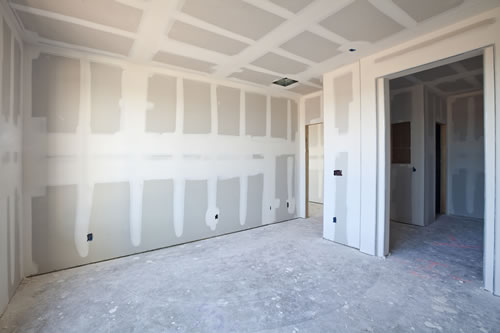
Before embarking on repainting pipes—whether indoors or outdoors—it’s vital to understand their function. Equally crucial is the meticulous preparation of their surfaces to ensure a lasting finish.
It’s essential to consider their function. Proper surface preparation is crucial for achieving a durable paint job. Selecting the right paint coatings are also key to the success of any painting project. The color of the pipe might mean something. Read here on what the colors could mean for its use.
Safety should be a priority before starting the cleaning process. Wear protective gloves, safety glasses and a respiratory mask to shield yourself from chemicals or dust released during cleaning.
Inadequate surface preparation can significantly reduce coating integrity and longevity. Up to 80% of coating failures can be traced back to poor surface preparation, which directly impacts adhesion.
To ensure the coating adheres well to the substrate and lasts longer, choose the appropriate surface preparation method based on the substrate type, environmental conditions and desired coating lifespan. Economic factors and surface contamination levels will also influence the selection of preparation methods.
Here are some key points to remember:
- The surface must be dry and in good condition.
- Remove mildew, oil, dust, dirt, loose rust, peeling paint or other contaminants to ensure proper adhesion.
- Avoid painting exteriors immediately after rain or in foggy conditions, or when temperatures are below 50°F (unless the coating is specified for lower temperatures).
Different methods for preparing steel surfaces include:
- Solvent Cleaning: Removes visible oil, grease and soluble contaminants.
- Power Tool Cleaning: Eliminates loose mill scale, rust and other foreign matter.
- Blast Cleaning (White Metal, Commercial, Brush-Off, Near-White): Each method varies in the level of cleanliness required, from removing all visible contaminants to leaving tightly adherent mill scale, rust or paint.
In conclusion, thorough cleaning of metal pipes before painting is crucial for achieving a smooth and long-lasting finish. By following these steps and ensuring proper surface preparation, you can achieve professional results that endure over time. Remember to prioritize safety, remove debris, degrease, address rust, prepare the surface, apply primer and paint to achieve the best outcome. Contact re:fab here to get a free estimate, today!









